SafeSpace Global Corporation is a publicly traded, fully reporting audited company specializing in ambient AI technology solutions, dedicated to enhancing safety and security across various sectors, including healthcare, education, transportation, manufacturing, incarceration, and commercial industries. The Company’s mission is to help save lives worldwide by developing advanced AI technologies designed to enhance situational awareness and mitigate risks in critical environments. The Company is currently marketing five products and solutions, including its initial product, SafeSpace® Fall Monitoring, which utilizes advanced AI monitoring tools to enhance resident safety in senior living, reduce the risk of injuries, and improve overall care efficiency. Additionally, the Company has expanded its services and offerings beyond senior living facilities, into schools and transportation where it has recently launched several innovative solutions.
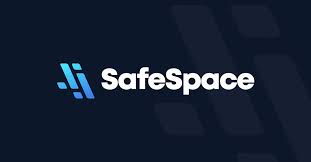
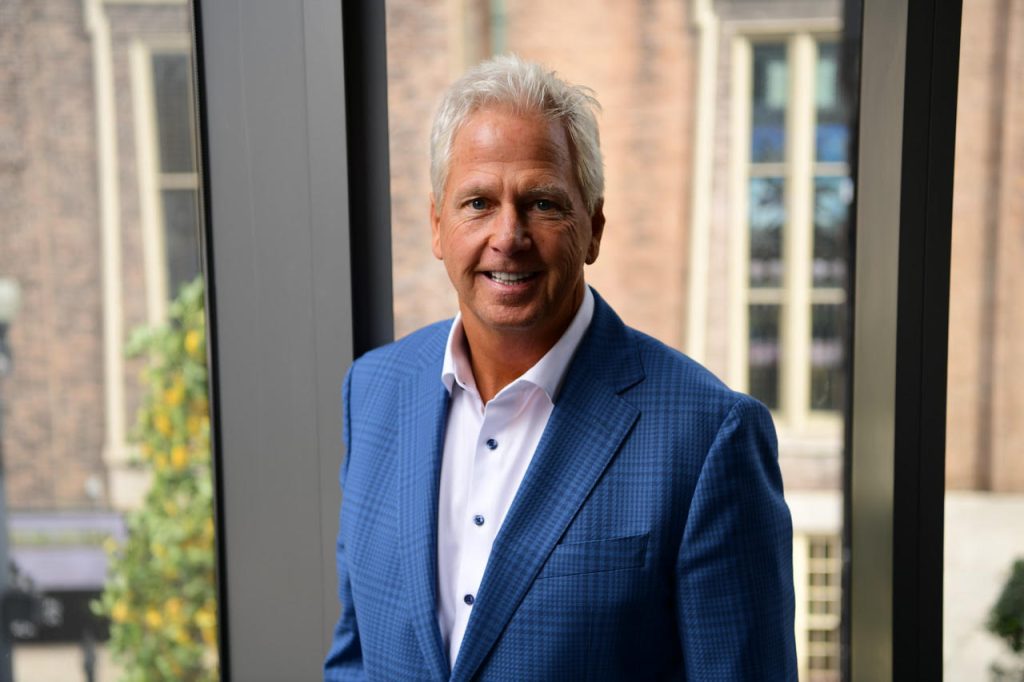
INTERVIEW TRANSCRIPTS:
WSA: Good day from Wall Street. This is Juan Costello, Senior Analyst with the Wall Street Analyzer. Joining us today is Scott Boroff. He’s the CEO over at Safe Space Global Corporation. The company trades over the counter, ticker symbol is SSGC. Thanks for joining us today there, Scott.
Scott Boruff: Yeah, thanks, Juan. How are you doing today?
WSA: Oh, good here. I appreciate you asking. So can you start off here by providing an intro and overview there of the company?
Scott Boruff: Yeah, like you talked about, Safe Space is a global leader in multi-modal AI protection, and so our mission is like we help save lives. So we got into the technology about seven years ago. Our belief was that people was living longer and there was less people to take care of them, so it started out in the medical healthcare field. And because the technology has grown so rapid within the last two years, we’ve actually just changed our name to Safe Space Global Corporation with FINRA approval in April this year. So we have multi-verticals other than just healthcare. So we’re in healthcare, transportation, schools, correctional facilities, prisons. So AI is an amazing thing when used the correct way.
WSA: Yeah, definitely. And before we get into more of the uses and applications there, perhaps you can talk about some of the recent news as you just welcomed a new member to the VP of your Senior Living Division as well as partnership there with the Kansas City Area Transportation.
Scott Boruff: Yeah, absolutely. So Katie Paperea, I’ve been interviewing her for about two years, literally, and again, waiting for our product to get completed. So we completed our product transformation early last year in the healthcare space. And so it started out with, in senior care, it’s fall detections. So people were falling and dying. And basically, behind closed doors in a nursing home or an assisted care facility, the only protection they have is watches and lanyards. And so ours, everything we’ve done from day one is ambient technology. So dealing literally with no watches, no lanyards. We tried LIDAR. We tried radar, sensors, all kinds of technology, but the camera technology was the best for our cause. So our code is written off basically camera technology.
So if you fall in our facility, it literally sends a video clip and a text that second. So no more laying behind closed doors for three hours with a broken hip. From an investigation standpoint, did they hit their head? Did they slide down, fall down? What actually happened? And because of that, instead of the nurse walking into a room and seeing them laying on the floor and not knowing what happened and taking them to the emergency room and spending $20,000-$30,000, and now they can roll the tape back. Well, grandma slid down dad fell down, dad did hit his head, he does need to go. I mean, it actually kind of tells you what’s happening inside the room and saving lives at the same time, and with that, we mold into and healthcare was elopement, and what elopement means is when somebody has dementia and they get outside the facility and they don’t have eyes on them, that’s called an elopement in the healthcare facility and healthcare facilities get fined lots of dollars, hundreds of thousands of dollars when that happens.
Because again, if they’ve got dementia and they walk outside and nobody knows they’re outside, if it’s cold, they die, they get lost—o you hear the silver alerts with our technology, again, nothing to wear Juan, it’s no watches, no lanyards, it’s biometric facial recognition. So if they get near a door where they’re not supposed to be, the door will lock and so therefore they can’t get out. So again, saving lives.
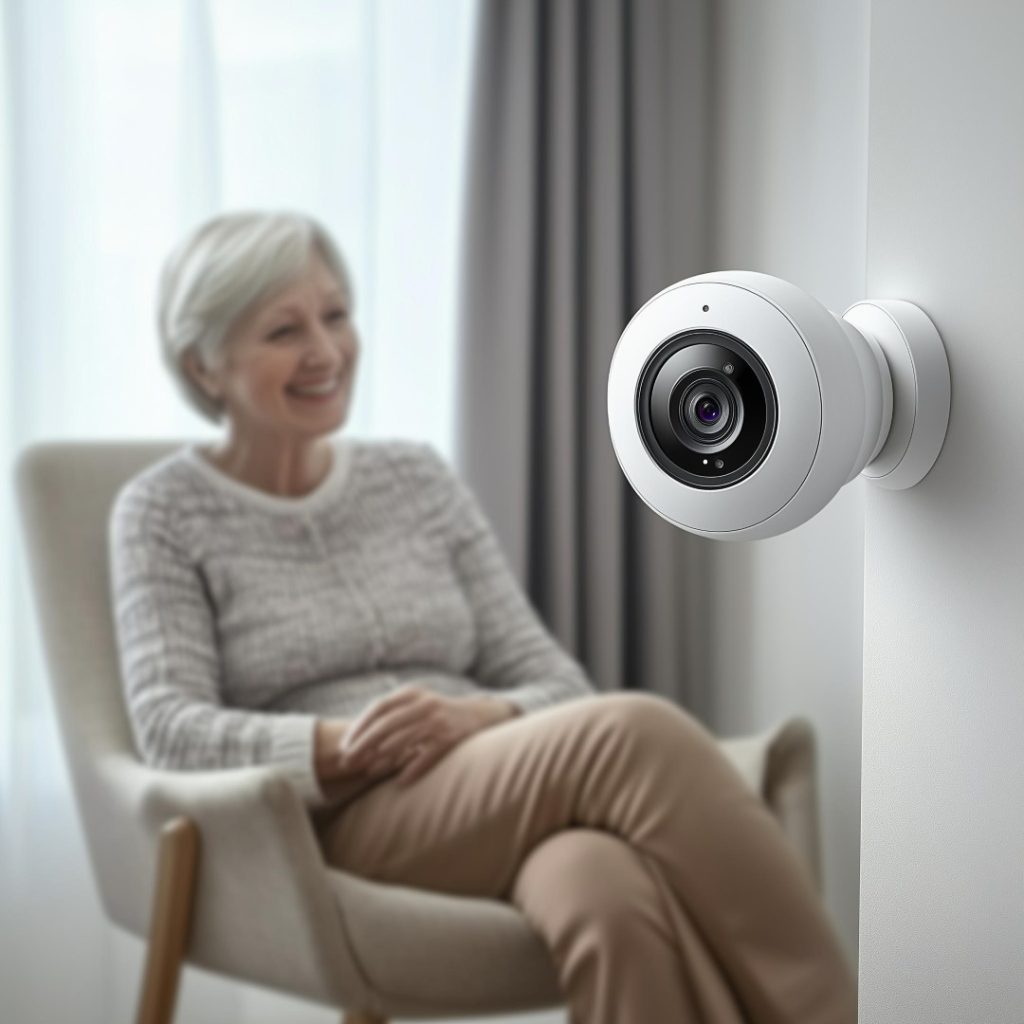
WSA: So yeah, how does, your approach, how else does it help the patient in the living care facility and how does it also enhance the people that are working at the facility?
Scott Boruff: Yes, because the workers are understaffed. So they spend a lot of the time on investigations. So again, one of our products is time compliance, which is one of the products that we first put in, which is a lot of these nursing homes have to hire independent third party contractors to come in and help them with their job. And what we found out, the industry found out that people lie, they’re stealing time, so they’re supposed to be there at six in the morning, leave at six at night. And what we found out with our technology, there’s no clocking in, clocking out. When you walk through the doors of the biometric facial recognition captures the employee, time, date stamps at when they got there. If they take a 15 minute break an hour later, they walk out the door, it clocks them out, but you get that 15 minute break turned into a 45 minute break, clocks them back in.
And so over time, the first facility that we went in, we captured over $30,000 of stolen time the first month. So that’s A, point B for the workers that are actually working, they get accused of mom in room 105 didn’t get her medicine at two o’clock. And so when they get accused of that, they have to investigate that, which takes time. So they, the only problem, the only solution they had prior to just like a normal camera that runs normally all the time, 24/7 and they just have to watch that clock for six, seven, eight hours a day, to see where everybody had went through the facility. Our technology, literally when they clock in, what used to take eight hours takes eight minutes now, you can put in my face in this facility and it’ll tell you where I went the whole day. So no more, he said, she said, it’s, it’s verified as proof, and this is exactly what happened. We’re just saving time and saving lives and saving, now they can get back to working instead of doing, frivolous stuff that doesn’t count.
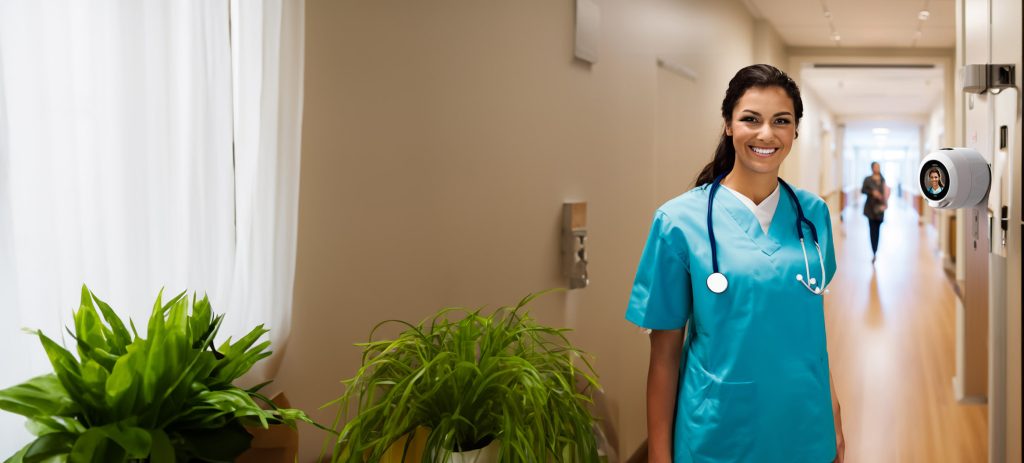
WSA: So yeah, what are the other uses and applications there, as you had mentioned the correctional facilities and also you had partnered there with Kansas City for the safer transportation, ahead of FIFA.
Scott Boruff: So again, the Kansas City transportation authority, we went out there last year, we’ve signed a contract with those guys to go, they have a couple hundred buses. So we’re doing a beta test on the first eight buses. What we found out from those people, they have what they call band riders on their buses, and so every day somebody gets in a bus in Kansas City, that’s not supposed to be on the bus for whatever reason, and there’s a list. And so our biometric facial recognition captures that person’s face and the bus driver will not know, but an alert would go to dispatch. And at the very next stop, a police officer would get on the bus and remove the banned rider from the bus immediately.
Also it captures guns, so every day in Kansas City, out of the 240 something buses, there’s a gun brought onto a bus and left on a bus, and we’ll be able to capture that as well. And at night, when the buses go in back to where they go at nighttime to get cleaned and washed and get ready for the next day, let’s say there’s 80 people that got off the bus that day, 80 people that got on the bus, but only 79 got off the bus at the end of the night. There’s an, ‘hey, there’s, there’s still a rider on the bus, checked the whole bus.’ And they found vagrants on the bus. And so it’s kind of helping them again with safety band riders and protecting the bus drivers and the riders. And so they’re excited about that. They got the world cup coming next year and hopefully they’ll get approval for the rest of their buses when budget rolls around this fall.
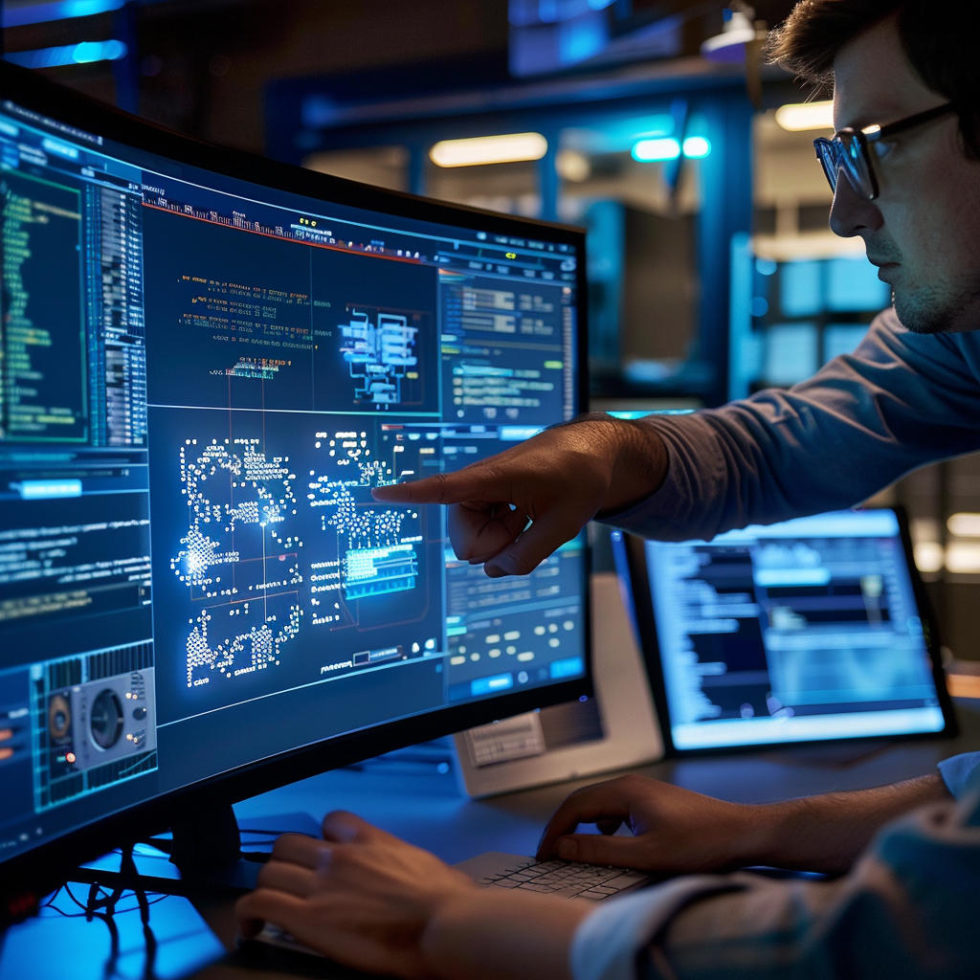
WSA: So yeah, just like protected IP that you have or what’s the actual patents on.
Scott Boruff: Yeah, that’s a great question. So we got 15 provisional patents and we actually have two patents currently that’s our patents. And one of them has to deal, it got started in the nursing home, which we talked about when you’re kind of the time compliance patent. So again, instead of clocking in or clocking out or the paper method or the buddy method or the fingerprint method, ours is when two companies need to know information. And in this case signature healthcare was company A, and call it company B is a staffing provider. So the staffer provides staffing to signature when the staffer gets to the building, it clocks them in, reconciles their time, clocks them out and gives the report. When you complete that circle, that is our patent. When two people need to know one thing and it’s verified with time, date and stamp, and in this case video. And so that’s a great patent that’s going to work for many use cases throughout industries.
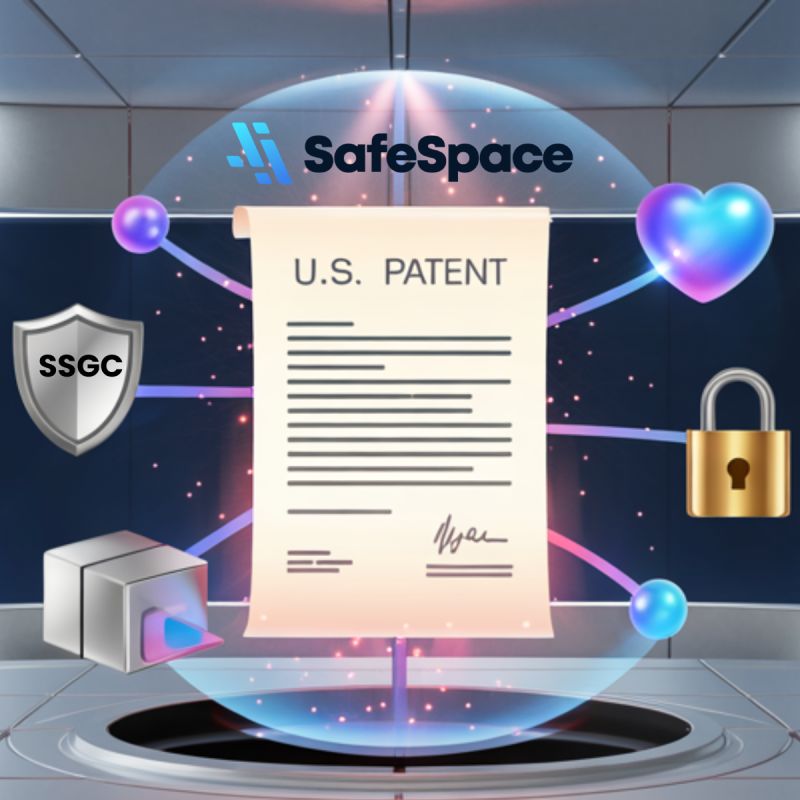
And the other patents, is on fall detections. So we have a patent with our patented ability with our cameras and the rooms when they fall, it’s actually the process of what we go through the code, the AI that was written to provide that for the video clip to be sent to the loved one, it actually could be heard, as we were installing the cameras, the little lady is like, ‘can that hear me? Can that camera hear me?’ I said, ‘why do you ask?’ He goes, ‘well, last week, I was laying here and I’d fallen and I was asking for help and nobody could hear me.’ And I said, ‘yes, ma’am, this, this camera can hear you because it’s got audio along with the visual.’ And so that’s kind of, that’s another one of our patents.We’ve got the fall detection patent and the time compliance patent. So that’s pretty cool. So it’s something that we’re real proud of.
That’s really a big national concern right now is with schools. I don’t know if you’re familiar with the Nashville shooting, but we were actually having a company meeting addressing this. And what’s two years ago, three years ago at the Nashville school, a perpetrator pulled up in the parking lot, which used to be a student at the school. And she literally got out of her car, puts her hat on, gets her three weapons that she has, an AR-15 and a rifle and another one. And after 15, 16 minutes, and she walks into the school and shoots three teachers and three kids, killed six people. And again, with our technology, we’re going into Brentwood Academy, which is a premier school there in Nashville, and they signed a contract with us to put our facilities there. And what happens with our product is if that happens, we have what they call license plate recognition. So again, after school starts, if somebody comes into the parking lot that’s not supposed to be there, we’ll be notified. In this particular case, if this lady had came to this school, gets out of her car, brandishes a weapon, our AI can see the weapon. It can identify female, male, it can identify approximate age, 18 to 22 years old, wearing a red shirt, black pants, XYZ, tells you what kind of gun she has, an AR-15, rifle this, and it’ll send a notification to the school resource officer or the police officer that’s there at the school. So he’ll get an immediate notification that there’s somebody in the parking lot. It’ll lock the school down immediately, it’ll send a text to 911 to comply with a private text to 911 to comply with illicit law that’s, that’s a law that’s passed in the state of Tennessee and a few states around the country.
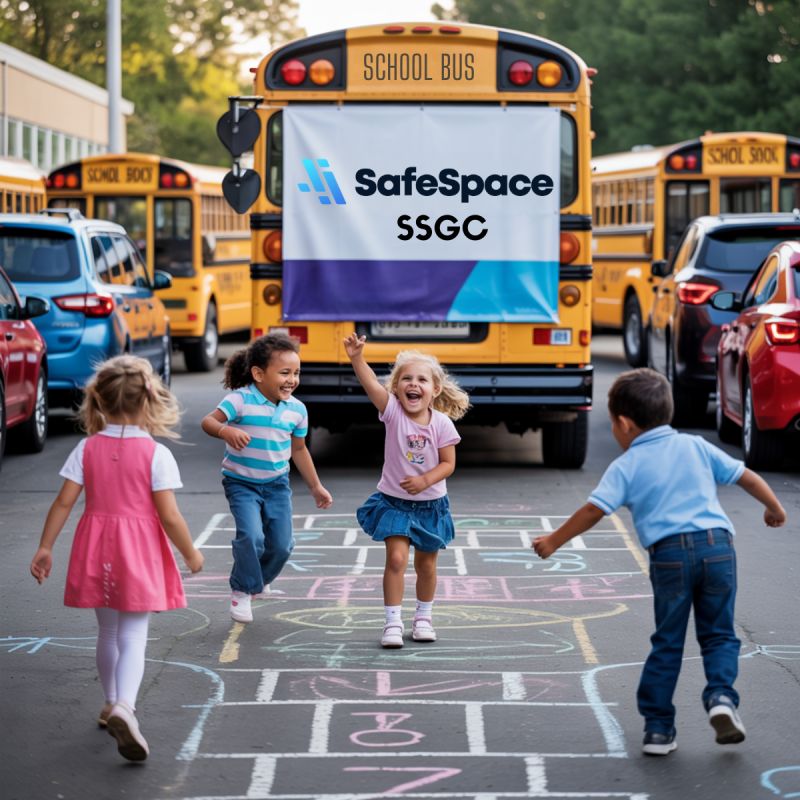
And it’s all about saving seconds, in school shootings, every second counts, and when people dies because they don’t get the reports, they don’t get it. They don’t get it till it’s too late. So these schools are spending hundreds of thousands, if not millions of dollars on cameras inside the schools. That’s too late once they’re inside the school, that’s too late. So we’re focused on predictive analytics, trying to stop the shooting. We’re never going to be able to save all lives, but we can, every life we save is big. So in this particular use case, we would be able to seen the perpetrator, seen the guns, alerted the police or resource officer, alerted 911, got everything and rolling within three to five seconds. And then a human will get in the loop as well and look at it and say, yes, verified that is real to keep from the SWAT team showing up on a false alarm every other day. So it’s, we’re really excited about that.
WSA: Great, great. Yeah. And so what are some of the key goals that you’re hoping to accomplish here, from now until the end of the year?
Scott Boruff: Yeah. So as a public traded company, we began with the end of mine. So we were a private company, reverse merged and went public in March of 2018. So it’s not something that we’ve been around a long time, part of my journey is building the team. So we’ve built a world-class team, we’ve got a product that solves a world-class problem, and we’ve got a world-class board. So we’ve literally, we’re setting the stage for what I call an Uplisting to the New York stock exchange American or the NASDAQ.
And so to do that, you’ve got to check boxes. And so we’ve checked the number of shareholder boxes, you’ve got to have at least 400 Brown Lock shareholders to be on the New York American . You’ve got to have an independent board of directors to be on the New York American. So we’ve got a comp committee, audit committee and corporate governance committee, we’ve set that goals in those charters. You’ve got to meet the minimum $50 million market cap, and we’ve done that. We’re about 100 to $150 million market cap currently with zero debt. You’ve got to meet the shareholders equity portion of that, which for the New York level 3 is $4 million. And per our last filing last quarter, we’ve got about $8 million in shareholders equity. And the last box that we need to check is the $2 share box. And you can get there by two or three different ways, you can reverse merge the stock, and so, which means reversing the shares to raise the price. I personally don’t like to do that, and we don’t plan on doing that. We just like to tell our story like we’re doing today to shareholders and say, go out and buy the stock on the over-the-counter markets. And you can get it on E-Trade or Scott Trade or any national trade. We are a PCAOB fully audited company. So we don’t act like amateurs. We play like pros. So we’re doing everything that we need to be doing as if we were already on a national exchange. So that’s why I would buy us. And we’re going from pre-revenue to revenue. So again, we’ve got 24 locations in Tennessee, but with all these verticals that we’ve expanded in the healthcare, the transportation, the schools, the prisons, we’ve got huge verticals. It’s a huge market. And that’s why we changed our name is to more comply with our vision. So we’re excited.
WSA: So yeah, perhaps you can talk about your background experience, Scott and who the key management there is there.
Scott Boruff: Yeah. So again, my background is real estate and developments. I grew up in Knoxville, Tennessee. I’ve been raising capital my whole life. About 15 years ago, I switched hats and went and got my Series 7 in 66 and turned into an investment banker. I watched that movie, the original Wall Street, where I can remember when 800,000 was a good day. Now it’s just a good year. And I was like, I want to get in that space, I want to ride that tool, I want to ride that vehicle. So I did that. So I worked out in Knoxville, taking companies public, private companies, public and running them and raised over a billion dollars in the last 15 years, private and public. So I love raising capital, that’s a big part of growing any company, you’ve got to have the capital to grow it.
And so my job is to assemble the team, give them the tools they need to do the job and get out of the way. And so Dustin Hillis is our president. We hired Dustin about a year ago. We had about 12 employees at the time, mostly back of the house finance, legal and accounting and some code writers. And with Dustin’s help with me, I said, I need you to help build a sales team out and a sales funnel. And we’re going to build out and beef up our technology. So as we see here today, we have about 80 employees and we’ve got offices in Singapore and in India. So we have our, we’re an AI company. So we engaged Theo Davis. So Theo Davis came out of he worked for Oracle and Google, and he was the head of sales enablement for Google sales. So we brought him on about a year ago. So he’s our chief revenue officer. So he’s a rock star in his own world. So again, when you hire a team players, they bring their A game. So I’m not recreating the wheel. And so I let everybody do what they do best.

Tim Brady is like an amazing chief financial officer. So we brought him on a year ago to make sure with our compliance and our filings that we always file on time. And our big rock star again is Anand Lju, which is basically our chief technology officer. So he lives in Dallas, Texas. He just exited from a company called ProCom. They had about a billion six exit and he wasn’t through working. He’s like, Scott, I love what you’re doing. I love your vision to be a global leader in AI technology, multimodal technology to help save lives, what better way could it be to design a product that helps save lives? And so he brought his whole team on in India, they rank and scale them by smartness. So he’s like ranked number one thirty five out of all the code writers in India. And Sashi, his partner that’s in India, is ranked like number twelve. So we got the one and two guys there are just top sharp guys in that space. So they’re building out that that team. And we’ve had the biggest growth, back of the house with our with our code writers because they’re writing all these verticals and all these products.
And so and then we brought on Pete Coulter, which just exited from Procter & Gamble, had a nice exit as well. So a lot of these guys that were bringing on, you can’t afford to pay them what they’re earning and been making. So you got to give them some stock and then the stock becomes their pay. And the better product we create, the better the stock will be for them and everybody else, and so I’m comfortable with all that. And then again, talking about our board, you got Larry Klaus that came on and Larry was a he was instrumental 30 years and leadership with HCA Hospitals, where health care is one of the largest hospitals in the country. And him and his two partners came on, they built a company from scratch to $22 billion, and they came onto our board and saw the vision that we have. So they’re going to kind of lead the vertical in the health care space. Like I talked about, Katie has been in the space as health care. We just brought her on with management and she’s been in the space in the senior living space literally her whole life. Her family’s been in it. So she understands the problems solved there.
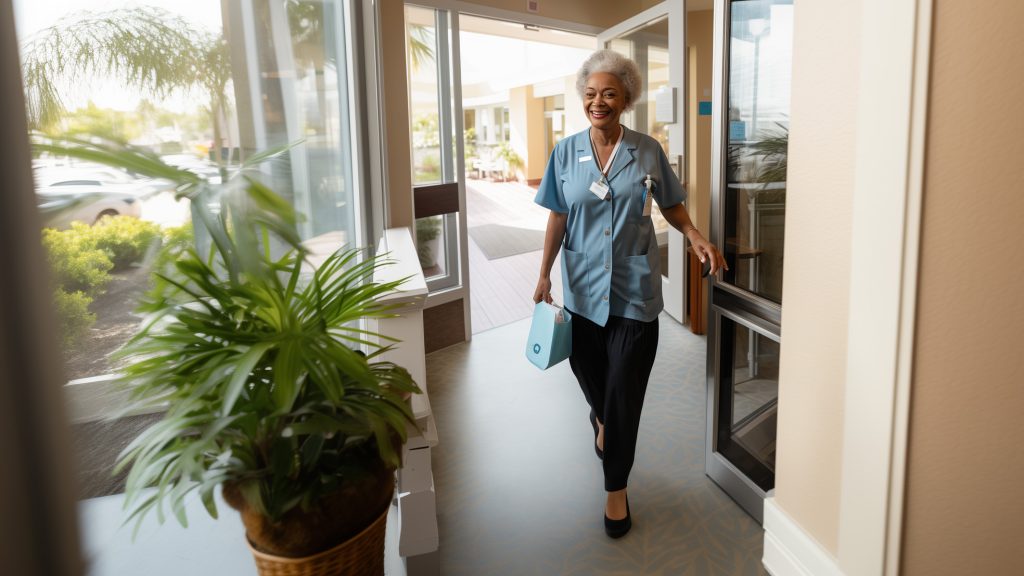
Coach Michael Burks is a business owner that’s on our board that’s that has grown in scale. He’s a when I brought him on and said, ‘do you want me for my money or for my influence?’ And I said, ‘I want you for both.’ And so he’s helped us reach out to retail investors, which is well needed in the over the counter market space, getting help and get our story out. And then Justin Freestadt is our capital raiser guy, so he’s raised a lot of money before. So again, you always got to make sure you have enough capital to hit the runway. And I can just go on and on and on. We’ve got a whole slew of salespeople and team members and you can have the best product in the world, but if you don’t have a team to execute on it, then nobody’s going to know about it. So that’s so if you put all the pieces together, which I believe we have with finance and legal and accounting and sales and H.R. and I.R. and we’re getting in the middle of SOC 2 compliance. So we’re checking that box so we can settle those enterprise scale companies, which is something that most small companies don’t do. But again, if you’re going to play like a pro, you’ve got to be a pro. So we spent two hours this morning on a SOC 2 compliance call checking those boxes to, as you go into these verticals, that’s one thing they’re going to ask you. Are you SOC 2 compliance? And today we can say we’ve signed the contract and we’re halfway through the process. We’ll be through that in the next three to six months. So it’ll be perfect.
WSA: Right. Yeah. And so right now, current share price, 67 cents a share market cap at about one hundred twenty five million. So yeah, before we conclude here, Scott, why do you believe investors should consider safe space global as a good investment opportunity today?
Scott Boruff: Yeah, again, if you just go to our website and look at our team and our product and the problem that it solves, it’s a global problem. And we have global sales and global offices and a global team. And we have the cash to hit our milestones and to get to where we need to go, we’re not going to run out of cash. We have zero debt. So when you have a world class team, world class board, a product that solves problems, zero debt and a runway and just going into four different verticals, I think we’re a little sleeper out there. So we’re that little nugget. And we’ve done it before, I’ve ran the NASDAQ, I’ve ran the New Yorks. It’s not like when you put everybody in their place to do what they do and do it well, then there’s no reason we can’t do it again. And once we’re on the national exchange, then again, we’ll have another different base of investors that I can go to, which is kind of my sweet spot. Again, I spent 15 years calling on those guys and I’m calling them again, when we get off the phone today, I’ll spend another three hours on the phone, ringing up old friends and family and say, ‘hey, take a look at this company, take a look at the stock.’ They can’t buy it right now because we don’t fit their box. And so there’s always that there’s that different level of people that can and can’t buy, and the institutions that I deal with buy in million, two million, three million share blocks, not 1,500, 200,000 share blocks. So it’s a good time to get you a little bit of stock and hang on and wait for the good stuff to come.
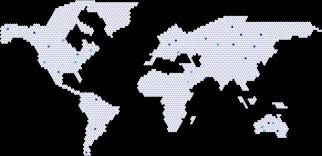
WSA: Well, we certainly look forward to continue to track the company’s growth and report on the upcoming progress. And we’d like to thank you for taking the time to join us today, Scott, and introduce our investor audience to Safe Space Global. Good having you on and always good chatting with you.
Scott Boruff: Good deal. Thank you. Thank you so much. I look forward to seeing you back in New York in a week or two.

Be the first to comment